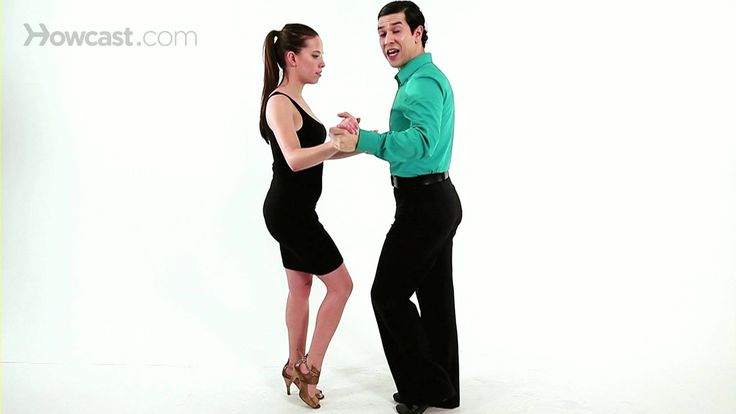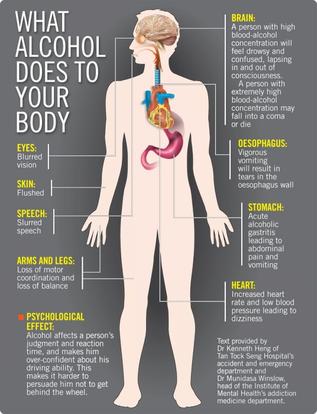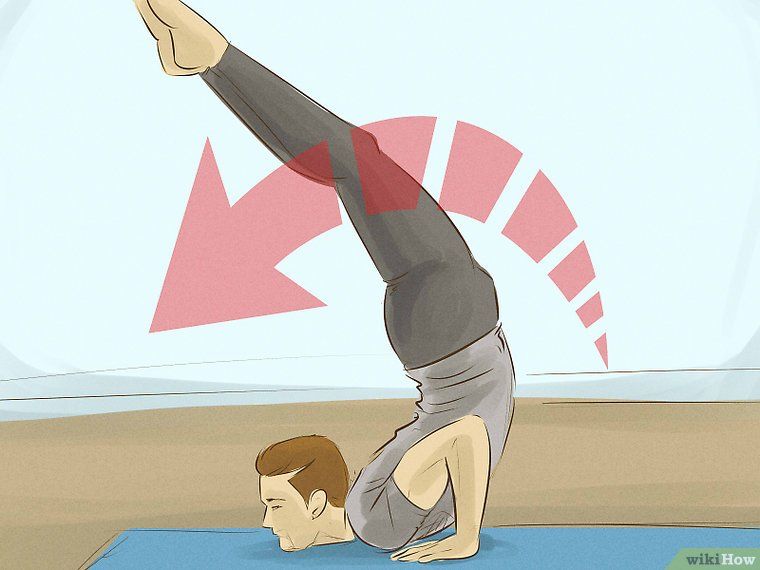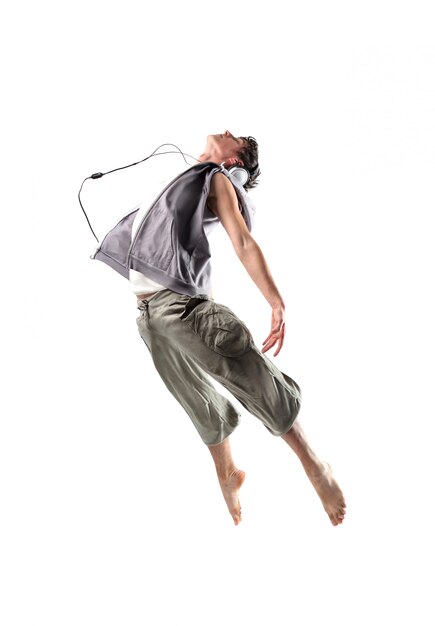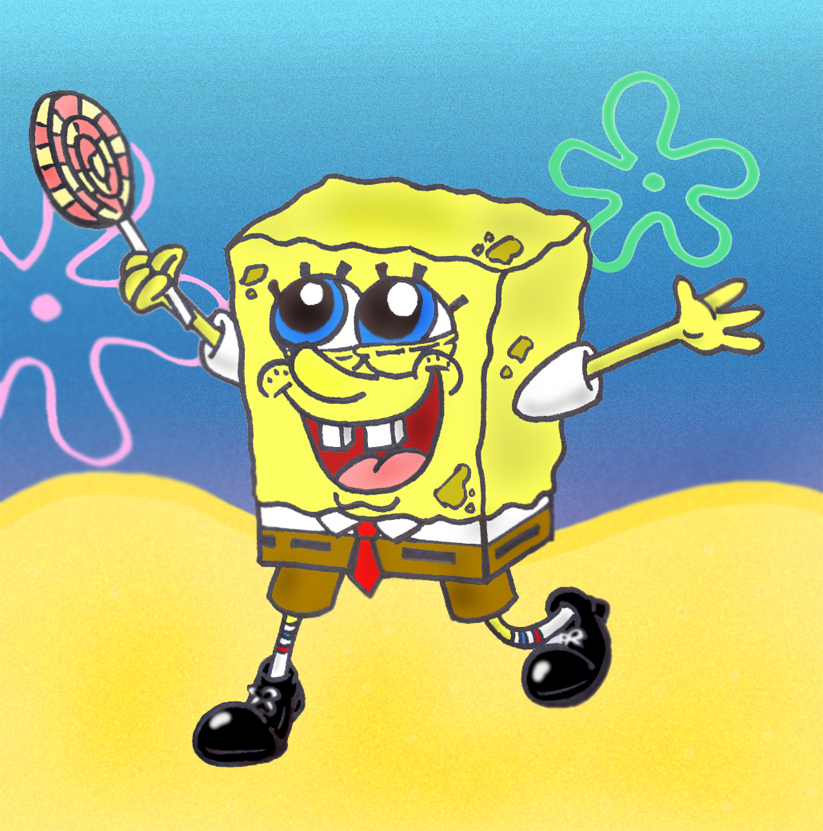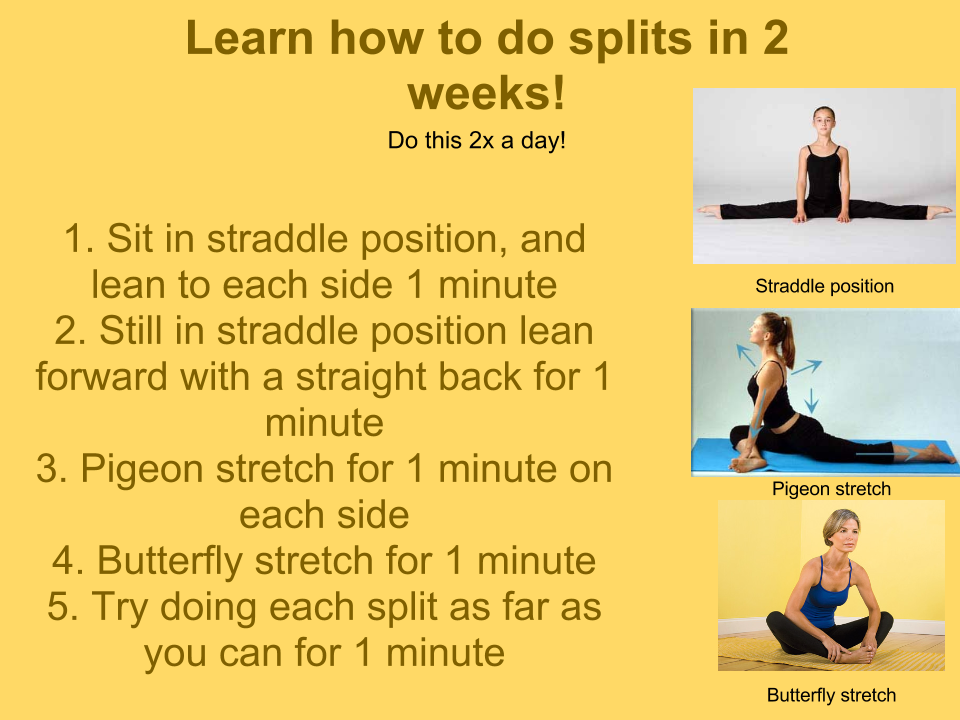How to dance with style
How To Develop Your Unique Style As A Dancer
Do you have your own unique style as a dancer??? YES, YOU DO. Although you draw inspiration from dancers that you look up to, YOU still dance like... well, you. Whether you know it or not, your unique style as a dancer is just waiting to be discovered, developed, and shared with the world! Follow this guide to bring out that flavor that's just waiting to shine~
What kind of music do you like?
Dance comes from the music. Rather than trying to come up with some dance moves out of nowhere, start by listening to music you love. House? Gangster rap? Acoustic covers of Adele songs? Make a playlist of the songs that make you want to dance. Then, let them make you dance.
How would you move if you've never seen ANY dance moves before?
But even if you want to move organically, you've already seen too many videos of people dancing to almost every genre of music...And there are so many dancers that you look up to and want to emulate. Just for a bit though, try to forget those videos and those dancers. It's just you. Let go, and let your body react to the sounds. Many street styles were created exactly like this. People were at clubs and parties and just did the things their bodies felt like doing.
There were no rules, no mirrors, no trophies to win, no YouTube videos to copy. They just went to have fun, vibe out with each other, and let the music make the moves. Then later, they were like "Dang, that's pretty cool. Let's make it a thing." You, too, can make your own unique style as a dancer by first letting your body free.
Put some structure around it
It's not that you should ignore whatever training you've had so far. If anything, it's about building on top of your base of movement as you explore different pathways and pictures. Don't try to "look like Keone" or just do the footwork you've learned from House sessions, but use that knowledge and muscle memory to guide your movement. Continue refining those movements through training. Learn fundamental styles that you gravitate towards, whether it's Popping or House or Ballet or Ballroom. These drills can help shape your movement and give more direction in your freestyles, choreography, or execution. Think of your dancing as a coloring book. You color the shapes in with your own flavor, but having that outline helps define and polish your movements.
Continue refining those movements through training. Learn fundamental styles that you gravitate towards, whether it's Popping or House or Ballet or Ballroom. These drills can help shape your movement and give more direction in your freestyles, choreography, or execution. Think of your dancing as a coloring book. You color the shapes in with your own flavor, but having that outline helps define and polish your movements.
Come up with your own concoction
Did you know that Chris Martin started dancing as a b-boy? This explains why he loves incorporating floor work and how athletic his choreography is.
Did you know that Franklin Yu was/is a Popper? Hence his strong hits and isolations in his pieces.
Melvin Timtim's been training in Krump, which adds another layer of style to his choreography.
You can trace dancers' styles back to their different influences. They all have different different tastes, train under different people, and go through different experiences that make their style what it is. It's about using everything you have – the muscle memory your body developed from ballet training from when you were 5, choreography influence from the directors on your team, creative inspiration from those 2 am session in the parking lot...Take all of those ingredients to cook up your own unique style as a dancer!
It's about using everything you have – the muscle memory your body developed from ballet training from when you were 5, choreography influence from the directors on your team, creative inspiration from those 2 am session in the parking lot...Take all of those ingredients to cook up your own unique style as a dancer!
Some choreographers' tips on developing your own unique style as a dancer
"Own what makes you, you"
Try not to confuse what you enjoy doing and how you naturally move with what looks "cool." I love the way Vinh Nguyen dances, but I don't move/choreograph like him (no one does, haha).But you can take influences from his movement and shape it to your own liking and comfort.I suggest freestyling and recording yourself to see how you move and also to have a better understanding of your body. No one can move exactly the way you do, but that's what makes you, you.
– David Lee
See Related Article: 3 Dance Tips From David Lee
"Take inventory of what inspires you"
When I think of my “style” I think of where I’ve been and where I’d like to go.I incorporate everything I’ve learned and combine that with experimentation and derivation from art to inspire me.
– Markus Pe Benito
See Related Article How To Make Your Moves Match Vocals With Markus Pe Benito
"Know yourself"
Know who you are and what you like! This is the very key, not only in dance, but life too!
– Charles Nguyen
See Related Article: 7 Exercises To Boost Your Popping Fundamentals With Charles Nguyen
"Stay a student"
First, find some sort of inspiration! Creating your own style doesn’t necessarily have to be crafted 100% on your own. Every idea starts somewhere.What I like to do is to take class from choreographers I feel would help me with my vision/style.For example, if I want to work on my footwork and somehow combine it with isolation, I’ll take Ray Basa's house class and then Anthony Lee's – two choreographers sharing their own individual knowledge/experience.You can find inspiration anywhere! Live in this world with an open mind, go out and explore. You'll find the puzzle pieces that make your own unique style as a dancer.
– Gina Hong
See Related Article: How To Dance Like A Bad B*tch With Gina Hong
Developing your unique style as a dancer is not an overnight process.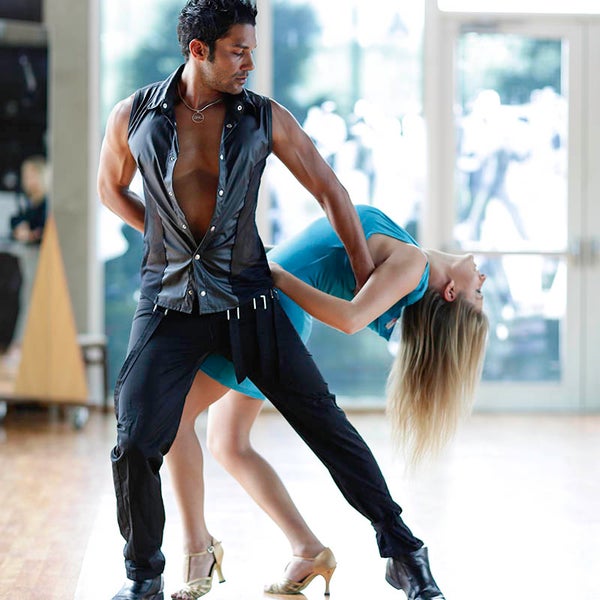 Creative choreography and mind-blowing freestyles and eye-catching quality of movement is born from years and years of hard work. Luckily, that hard work is also a lot of fun! Put these tips to use and have fun exploring what makes you uniquely you. T
Creative choreography and mind-blowing freestyles and eye-catching quality of movement is born from years and years of hard work. Luckily, that hard work is also a lot of fun! Put these tips to use and have fun exploring what makes you uniquely you. T
rain your fundamentals, learn from different choreographers, and explore all kinds of moves– all on STEEZY Studio.
Sign up now to start for free!
How To Find Your Unique Dance Style
Some dancers just have it -- a unique style that's all their own. If you are wondering how you can go about finding your style, here are some tips to help you.
Master the fundamentals.
You can't develop your own style if you don't have the fundamentals down first. That means mastering the technical skills you need for whatever genre of dance you're pursuing.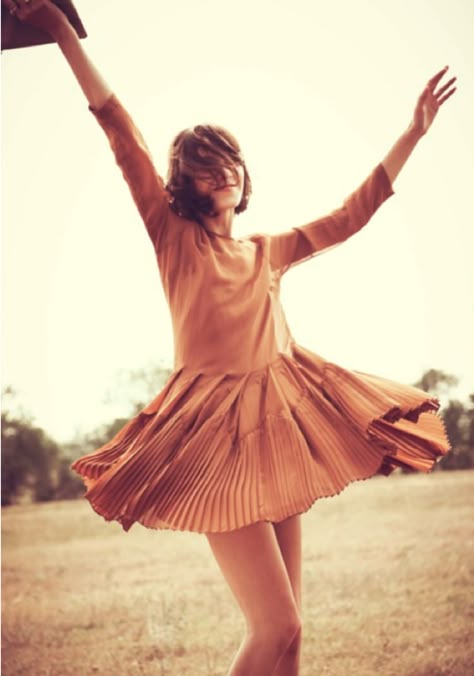 Without a solid foundation, you're not going to be able to execute movements in a way that's authentic and compelling -- both of which are a must if you want to develop your own style.
Without a solid foundation, you're not going to be able to execute movements in a way that's authentic and compelling -- both of which are a must if you want to develop your own style.
Think about your favorite music.
Sure, you want to develop your own dance style. But you're not going to get very far without the right music. In fact, the music that you tend to gravitate towards can serve as a source of inspiration when you're struggling to find your style. For instance, would you rather be in a ballet costume dancing to classical music? Or in hip hop dance apparel, moving to the beat of an edgier soundtrack? There's no right or wrong answer here. It all depends on what you like most and what resonates best with you.
Free your mind.
If there's another dancer you really admire, it's easy to copy or mimic them when you're dancing. But you're not going to develop your own style with this approach. It's ok for beginner dancers. However, for those who want to move on and develop more, you have to forget about all the moves and routines you've seen in the past.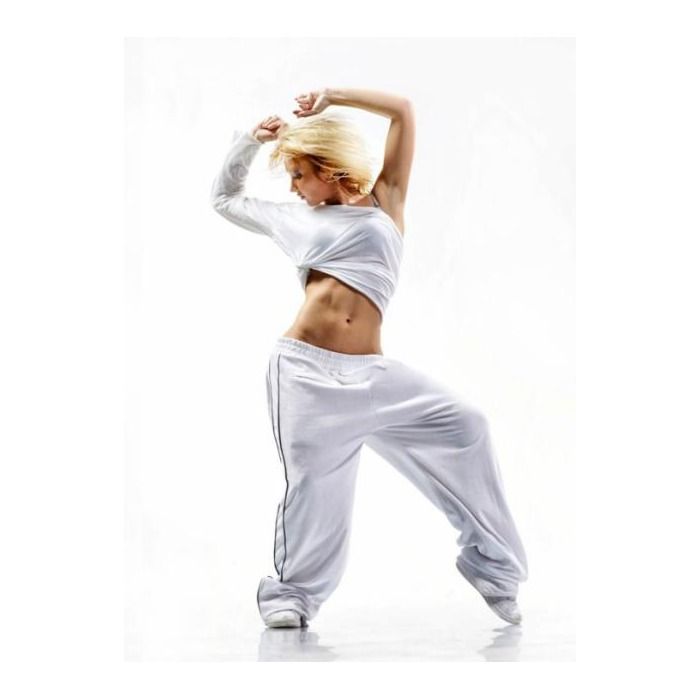 Think instead just about the music and how your body responds to it. So go ahead and dance from your heart with emotion. You might be surprised at what comes out of you.
Think instead just about the music and how your body responds to it. So go ahead and dance from your heart with emotion. You might be surprised at what comes out of you.
Expose yourself to many different styles.
If you're working to develop your own style, then expose yourself to as many different dance genres and instructors as possible, including varying methods and ideas. Even if you're focused on one particular category of dance, you never know where inspiration might come. In the end, you'll have a much more diverse and comprehensive dance background from which to pull from when you're working on your own style.
In addition, by working with different instructors, you can gain a more realistic and accurate sense of your strengths and weaknesses, which can help you during the development process. Beyond dance class, you can also gain inspiration for your style from a variety of different sources, from books and movies to nature, fashion and art.
Practice alone.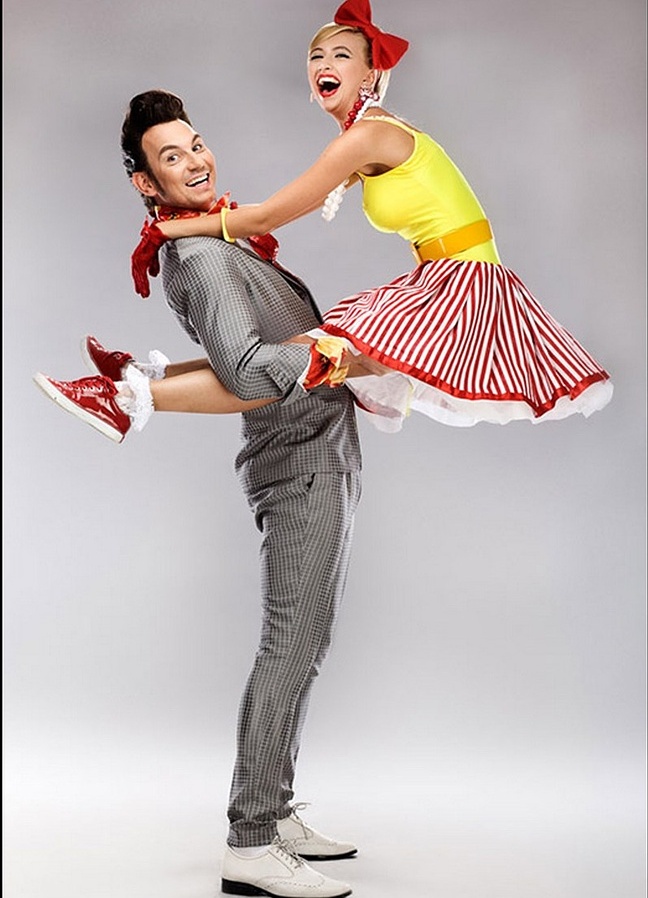 ..a lot.
..a lot.
It's tough to work on your style when you're in the studio with 10 other dancers. It's distracting and hard to focus on creating something unique and all your own. That's why you should practice by yourself as much as possible outside of dance class. Whether you're at home, taking a walk in the park, or in the studio by yourself, put on your dance apparel and strive to get in some practice time by yourself each week. You'll be less self-conscious and better able to concentrate more as you work.
Just be sure to take notes as you go so you don't forget different moves or steps you come up with. You should also consider video-ing yourself dancing so you can critique yourself afterward. When you're watching the footage, don't be too hard on yourself. Instead, look for moments that look uniquely like you and steps you'd like to repeat. Also, identify what you like and don't like, and then use that as insight for your next practice session.
Be patient.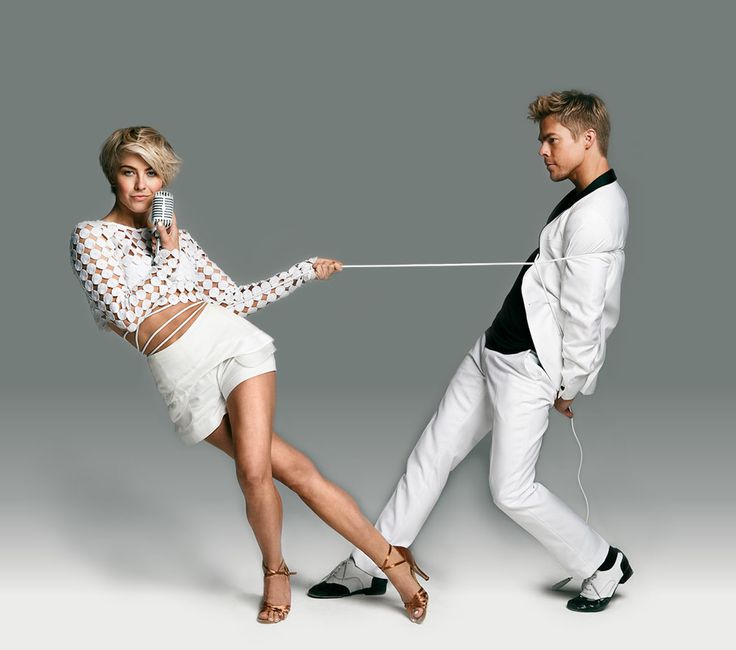
You're passionate about dance and desperately want to develop your own style. But give it time. These things don't happen overnight, or over the course of a few weeks. A personal style is created over a lot of time, with plenty of practice and hard work. Keep in mind too that it's also something that evolves constantly. So be open to change during the development process. You might have one idea for a direction to go in, but eventually realize that you want to take a completely different course. Change is ok; so embrace it. It's all part of the journey.
Don't compare yourself.
Dancers tend to be guilty of comparing themselves to others -- their bodies, their steps, their progress and more. But this is a pointless exercise. It's one thing to admire another dancer's ability and use it as a tool for motivation. However, if you're constantly looking at and measuring yourself against other dancers -- and the unique personal styles they've developed -- it's eventually going to lead to feelings of bitterness and resentment; either toward them or yourself.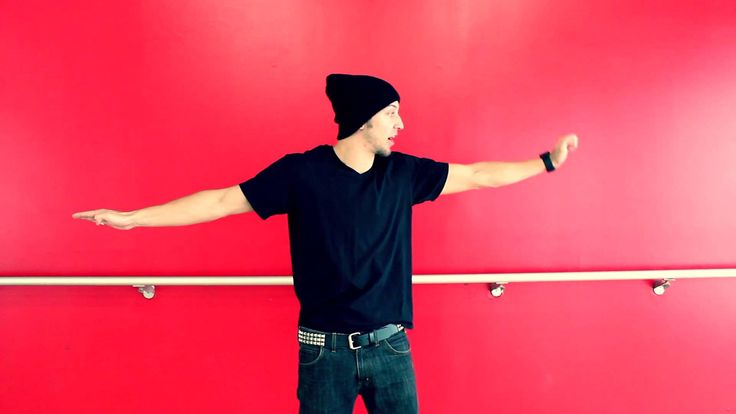 So don't go down that path at all. Just because another dancer has a personal style down pat doesn't mean you need to do the same in a matter of weeks. Focus on yourself and doing what's right for you.
So don't go down that path at all. Just because another dancer has a personal style down pat doesn't mean you need to do the same in a matter of weeks. Focus on yourself and doing what's right for you.
Confidence is key.
When it comes to two dancers performing, whether in the studio or on the stage, a big differentiator that can make one stand out over another is confidence. If you believe in yourself -- and feel good about the dance style you're developing -- then let it shine through. Your fellow dancers and instructors will certainly take notice.
Wear dance apparel that makes you feel good.
Once you're ready to start putting your personal style out there and showcasing it to fellow dancers and instructors, make sure you're in comfortable dance apparel. The last thing you want is for your leotard to be too tight or ill-fitting, or your dance shoes to be uncomfortable -- impacting your overall performance. You're going to be nervous anyway about opening yourself up to others in such a personal way; so just make sure you're comfortable in your clothes when you do it.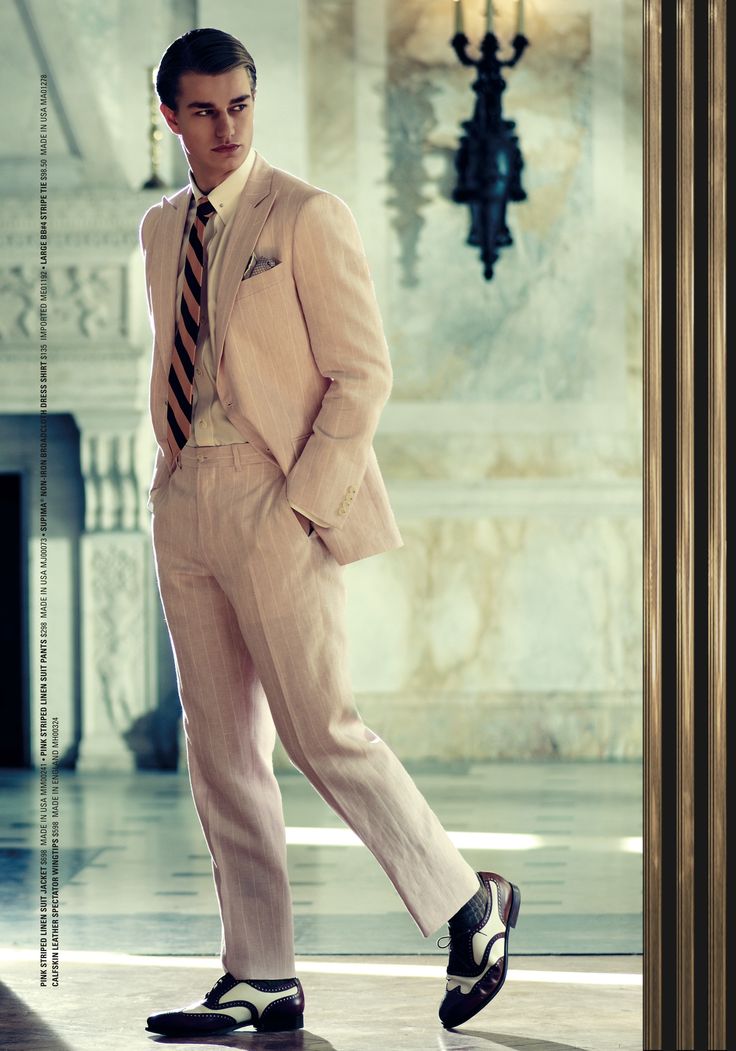
Request a Just For Kix Catalog!
How to properly dance to club music in a discotheque
Contents
Dance is body language, and dancing in a club is the only way to draw attention to yourself with the help of this language, because in the crowd and noise it is impossible to talk differently. Steps, turns, tilts, jumps - in the light of strobe lights look spectacular when performed with skill. And it’s not at all difficult to learn them if you follow the advice of professionals and study in a dance studio. New faces are always welcome at Laboca!
A bit about clubs
In order to understand how beautiful it is to move to modern club music, it is worth remembering a little about the history of this direction. The first nightclubs began to open in the 80s of the last century. They constantly gathered young people who demonstrated the latest innovations in dance elements on the dance floor. Therefore, the fashion for movement was constantly changing, and eventually turned into a mix of several styles.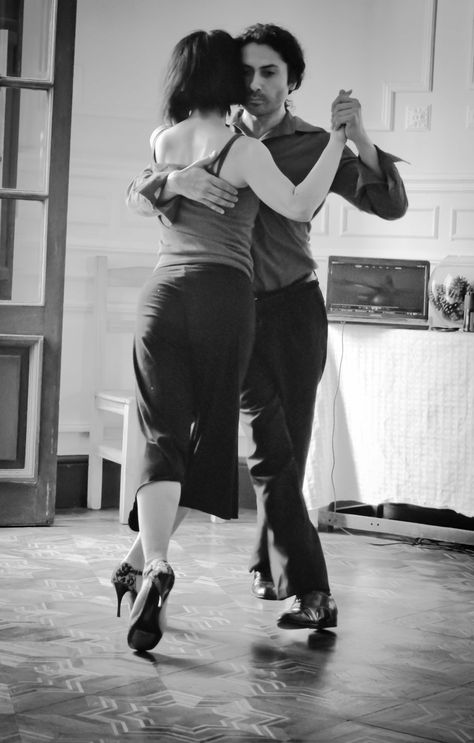 So for several decades, a whole club culture has developed, which you need to familiarize yourself with before entering the dance floor. The surge in popularity of club dancing led to the opening of special groups in dance schools and made everyone understand that this direction is worth learning.
So for several decades, a whole club culture has developed, which you need to familiarize yourself with before entering the dance floor. The surge in popularity of club dancing led to the opening of special groups in dance schools and made everyone understand that this direction is worth learning.
The main thing is emotions!
Club dances are distinguished by the fact that they should be comprehended with an emotional component. Only a relaxed, flexible and ready to improvise person will move effectively on the dance floor. The main means of expressiveness of club dance are plasticity, keeping pace, impromptu and stylish appearance. If you were able to discard all the complexes and are ready to relax on the dance floor, consider that you have already received the first lesson in club dancing.
Before deciding how to dance to club music in a disco, choose your key style. Strip plastic, street jazz, hip-hop, go-go, or maybe disco? True, in order to move freely on the dance floor, a beginner dancer will have to master the basic elements of all these directions, and at the same time learn how to combine them with club music, while getting real pleasure from dancing.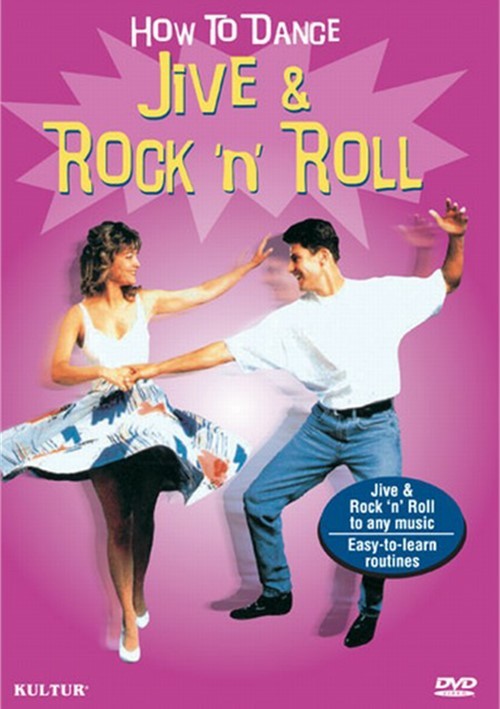 Pure improvisation, video lessons or classes at a dance school - you choose. But it is worth noting that several master classes in a professional studio will significantly save your time and effort.
Pure improvisation, video lessons or classes at a dance school - you choose. But it is worth noting that several master classes in a professional studio will significantly save your time and effort.
Sign up for a trial lesson
Club movements
Club dance implies no restrictions, looseness and freedom. Movements are performed gently, smoothly, with a small amplitude. There are no complex elements, high jumps, flips and splits. Low slopes are also not welcome, they look vulgar. But different types of swing always look good. To master the basic swing, you should start by shaking your head to the beat of the music. Then beat the rhythm with your hand or foot, and then move on to springy movements with the whole body. Swinging the torso is performed by tilting the body forward and backward, and swinging with the help of the knees - by bending and unbending the legs to the music and connecting the foot: at the expense of "and" move the socks, pushing the heels away, on "one" - rest on the heels and spread the socks .
Don't forget your hands. Movements should look stylish, but at the same time remain safe, after all, you have to dance on the dance floor: one awkward movement with your elbow - and your neighbor is knocked out. Therefore, the elbows should be kept close to the body, and the shoulders should be moved mainly. Try to sharply raise and lower your shoulders to the beat of the music, repeating the same movements with your hands. Now add the head, body and legs. Of course, you are not the king of the dance floor yet, but you are already moving in the right direction.
Another move with the hands - the movement of the pharaoh.
Place your right hand on your left shoulder and your left hand on your right. To the beat of the music - for "one-two" hands are crossed. Further, the girl can unhook her hands and smoothly lower them to her hips, and the young man can open his hands and put his thumbs on the shoulders of the corresponding hands. On "four", stretch your arms forward, leaving all fingers bent, except for the thumb and forefinger.
The most versatile movement of the arms is to move them behind the head so that the elbows are parallel to each other. Girls can continue the element by performing a wave with the whole body, and young people can lower their head down, thereby drawing attention to their legs.
On the dance floor, do not perform amplitude movements with arms and legs, push and move ambiguously, if the desire to attract the attention of the opposite sex is not in the first place. The abundance of waves with the hips and the movements of the hands stroking themselves do not look like flirting, but rather give a very clear signal to action to other party participants.
Spectacular appearance
Time spent on the dance floor will be much more pleasant for you if you are satisfied with yourself. To feel more confident, it is important not only to master the basic movements of club dances, but also to look spectacular. Choose your best "bow", which will not hinder movement and reveal unnecessary fragments of the body, but will most favorably show you in the light of strobe lights.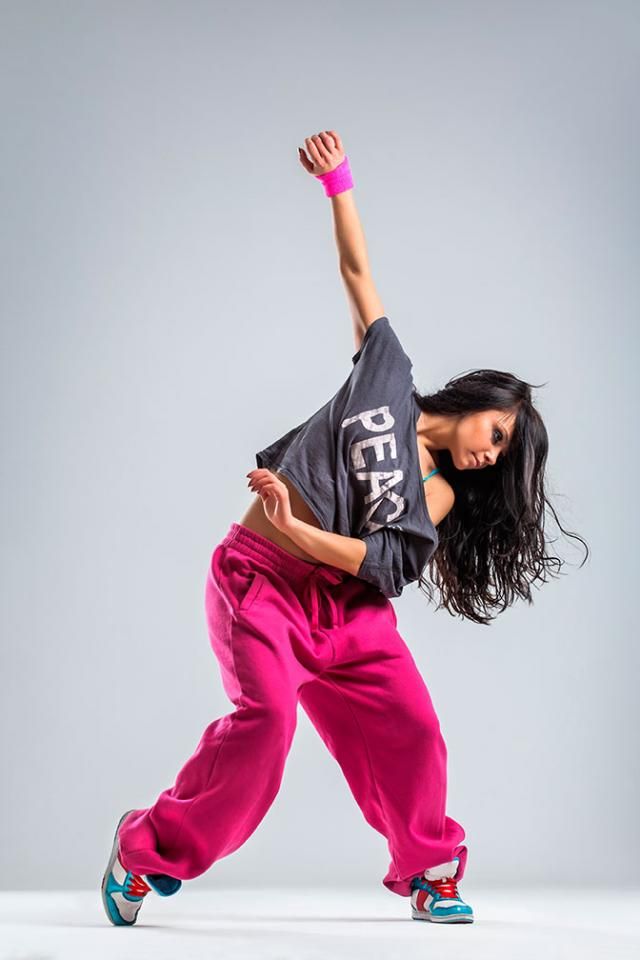 Comfortable shoes, stylish clothes, perfect make-up and a neat hairstyle are already half the success on the club parquet. The rest will be done for you by a great mood and dance!
Comfortable shoes, stylish clothes, perfect make-up and a neat hairstyle are already half the success on the club parquet. The rest will be done for you by a great mood and dance!
Video of modern dances
| Dubravina Olga, Ryzhov Dmitry. HIP HOP | Hip Hop. Olga Dubravina, Dmitry Ryzhov. |
7 tips for those who want to learn how to dance And yes, they can be mastered at any age.
Share
01. Choose your style
The idea here is the same as with sports: if you secretly hate yoga or iron exercises, you are unlikely to go to workouts week after week. To achieve noticeable progress in dancing, a beginner will have to practice a lot and regularly, so it’s better not to torture yourself and choose a direction that really ignites.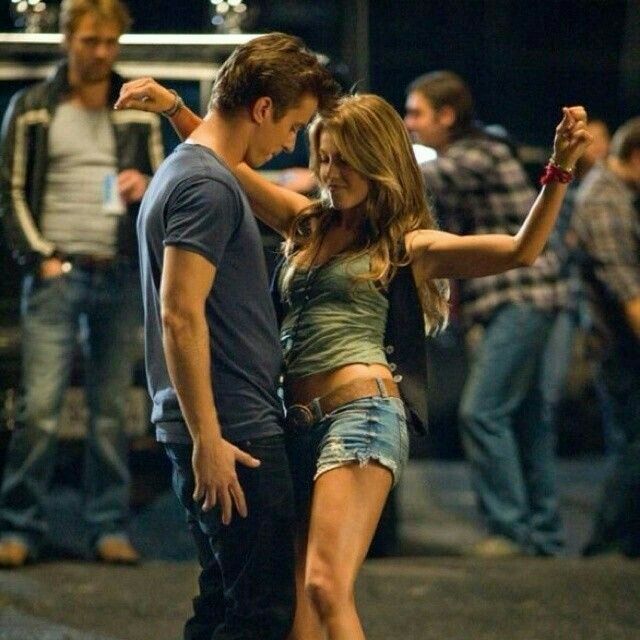
You can focus on the music that you like - you need to catch the drive from movements to it. It is music that forms the style of dance and its energy, so decide what is closer to you: for example, funk lovers should try popping or locking, folk fans may like Irish dancing, and if you respect jazz, swing and everything like that, take a closer look at lindy hop.
Another criterion is the nature of the movements. Some are closer to dynamic, as in hip-hop, others are smooth and sensual - for this in tango. There are also health restrictions to consider. So, twerk is not suitable if there are problems with the lumbar spine, with sore knees it is better not to get involved in shuffle, and it will be difficult for an aged person to master house.
2. Set a goal
Photo: Iakov Filimonov / Shutterstock You can start dancing at any age, but it's important to keep in mind why you started it in the first place. It is perhaps too bold to expect that in half a year of classes it will be possible to reach the level of international dance championships from scratch. But if you want to try dancing in order to develop plasticity and learn to feel the body better, great, go ahead.
But if you want to try dancing in order to develop plasticity and learn to feel the body better, great, go ahead.
Don't expect to get it right the first time. When you learn from scratch, difficulties are absolutely normal, the main thing is not to score in classes. Over time, both the correct posture and a beautiful gait will be developed, and as a bonus you will also get self-confidence - with freedom of movement, freedom from complexes will come.
3. Don't give up on sports
Some dances in themselves make for a good workout. A vigorous shuffle will replace cardio, and a break can give a load to almost all muscle groups. And yet, without preparation, it will not be easy. A more or less good stretch is needed in any type of dance, and, for example, strong arms and strong abdominal and back muscles are also useful for pole dancing. You can combine dancing with strength exercises, but you need to give the body time to recover and not plan classes in a row, but allocate at least a day of rest between them.
And don't forget to warm up before dancing. So that the training does not end with an injury, the muscles and joints need to be prepared for the load. You can allocate 10–15 minutes for a warm-up, it should include simple articular gymnastics (at least elementary rotational movements of the shoulders and knees), tilts and dynamic stretching.
4. Take some lessons from a trainer
Especially if you have never danced before. Those with experience can learn new styles at home with video tutorials, but that's because they already know how to control their bodies. Beginners are unlikely to succeed, but disappointment in themselves and demotivation are guaranteed - if you can’t repeat elementary movements, then there’s no point in doing it.
Nothing really strange here. Without preparation, it is difficult to just take it and start moving freely. At least the basic elements are better to master under the guidance of a pro, and when you feel that you are coping, supplement these lessons with home workouts.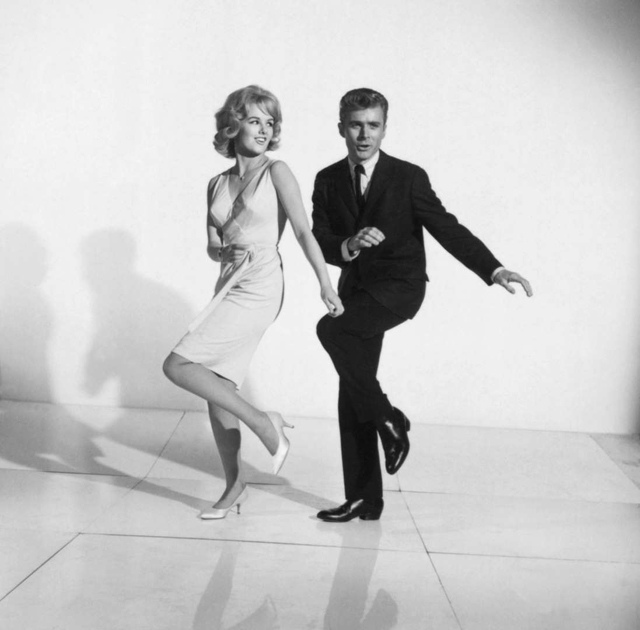
5. Learn something new in every class
When you repeat the same set of exercises and movements over and over again, classes turn into a good way to pass your free time, only you can forget about progress. Acquaintance with new elements is the same mandatory part of any workout as a warm-up. It doesn't matter if you work with a mentor or on your own.
Do not immediately try to copy cool dancers. First, study the basic movements, then try to combine them into bundles until you hone them to automatism, and then experiment and improvise, creating something new based on familiar elements.
6. Record yourself on video
It is not necessary to record the entire workout from the warm-up, it is enough to record only those moments with which you have problems. These can be separate movements or bundles that are not given in any way. Review the video and, if possible, objectively assess what is wrong: perhaps there are technical problems that are difficult to notice in the process. When you understand what's wrong, try to repeat the movement and record it on video again - and so on until you achieve a good result.
When you understand what's wrong, try to repeat the movement and record it on video again - and so on until you achieve a good result.
This approach will help you find errors and track progress. You can not even limit yourself to memorized ligaments, but improvise - then see how it looks from the outside.
7. Find like-minded people
Photo: Iakov Filimonov / ShutterstockIf you need an extra reason not to miss classes, then meeting new people can be a good motivation. It is easier here for those who train in a group. Often the dance school becomes the center of a close-knit community, where people come not only for the sake of classes, but also just to spend time together at dance parties.
Finally, the more partners around, the more experience. Do not limit yourself to dancers of your level of training and practice with those who are stronger or weaker than you. In the first case, you will be able to improve your skills, and in the second, you will try yourself as a coach - this, by the way, is a good way to learn to take more initiative and understand the very principle of movement in dance, and not just memorize the alternation of chords.
